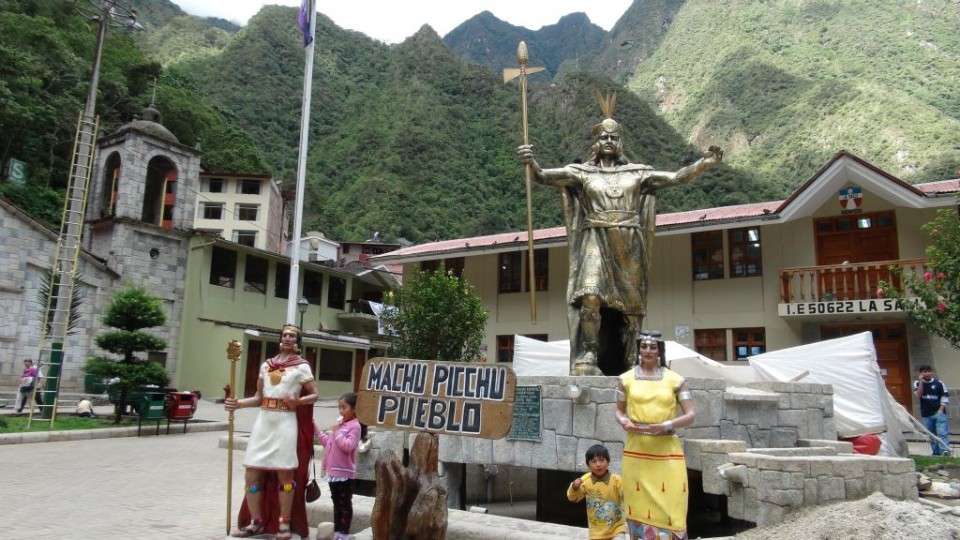Colonia del Sacramento – Uruguay
Colonia del Sacramento is in the Rio de la Plata region of Uruguay. It is filled with old colonial buildings and cobbled streets and is inscribed on the UNESCO World Heritage List.
Colonia del Sacramento is a city in southwestern Uruguay, by the Río de la Plata, facing Buenos Aires, Argentina. It is one of the oldest towns in Uruguay and capital of the Colonia Department.
The Barrio Histórico (historic quarter) section of Colonia del Sacramento is designated a World Heritage Site by UNESCO. It is a popular tourist attraction for visitors from Buenos Aires, and there is frequent ferry service across the Río de la Plata between the two cities, with fast ferries completing the journey in just 50 minutes (see Seacat).
The historical section of Colonia, which has some cobblestone streets built by the Portuguese in the 17th century, is within walking distance of the ferry terminal. The old city of Colonia, which holds the main attractions, is quite small. It can be easily walked in a single day.
Among the notable tourist attractions around the tree-lined Plaza Mayor (main square) are:
Portón de Campo – the City Gate and wooden drawbridge.
Lighthouse and convent ruins of the 17th-century Convent of San Francisco.
Basílica del Santísimo Sacramento – the Basilica of the Holy Sacrament, built of stone by the Portuguese in 1808.
Portuguese Museum – constructed in the 18th century, it exhibits Portuguese furnishings, jewellery, uniforms and old maps of Portuguese naval expeditions.
Casa de Nacarello – an 18th-century Portuguese house.
Municipal Museum – rebuilt by the Spanish in 1835 as the Casa del Almirante Brown, it exhibits artefacts and documents of the city’s different periods and cultures.
Viceroy’s House – the Casa del Virrey, reconstructed from the original ruins.
Founded in 1680 by Portugal as Colónia do Sacramento, the colony was later disputed by the Spanish who settled on the opposite bank of the river at Buenos Aires. The colony was conquered by José de Garro in 1680 but returned to Portugal the next year. It was conquered again by the Spanish in March 1705 after a siege of five months, but given back in the Treaty of Utrecht. Another attack during the Spanish-Portuguese War, 1735-1737, failed.
It kept changing hands from crown to crown due to treaties such as the Treaty of Madrid in 1750 and the Treaty of San Ildefonso in 1777, until it remained with the Spanish. It then transferred to Portuguese control again, being later incorporated into Brazil after 1816, when the entire Banda Oriental (Uruguay) was seized by the government of the United Kingdom of Portugal, Brazil and the Algarves and renamed the Cisplatina province.
On 10 January 1809, before the independence of Uruguay, it was designated as a “Villa” (town) and has since been elevated to the status of “Ciudad” (city).






